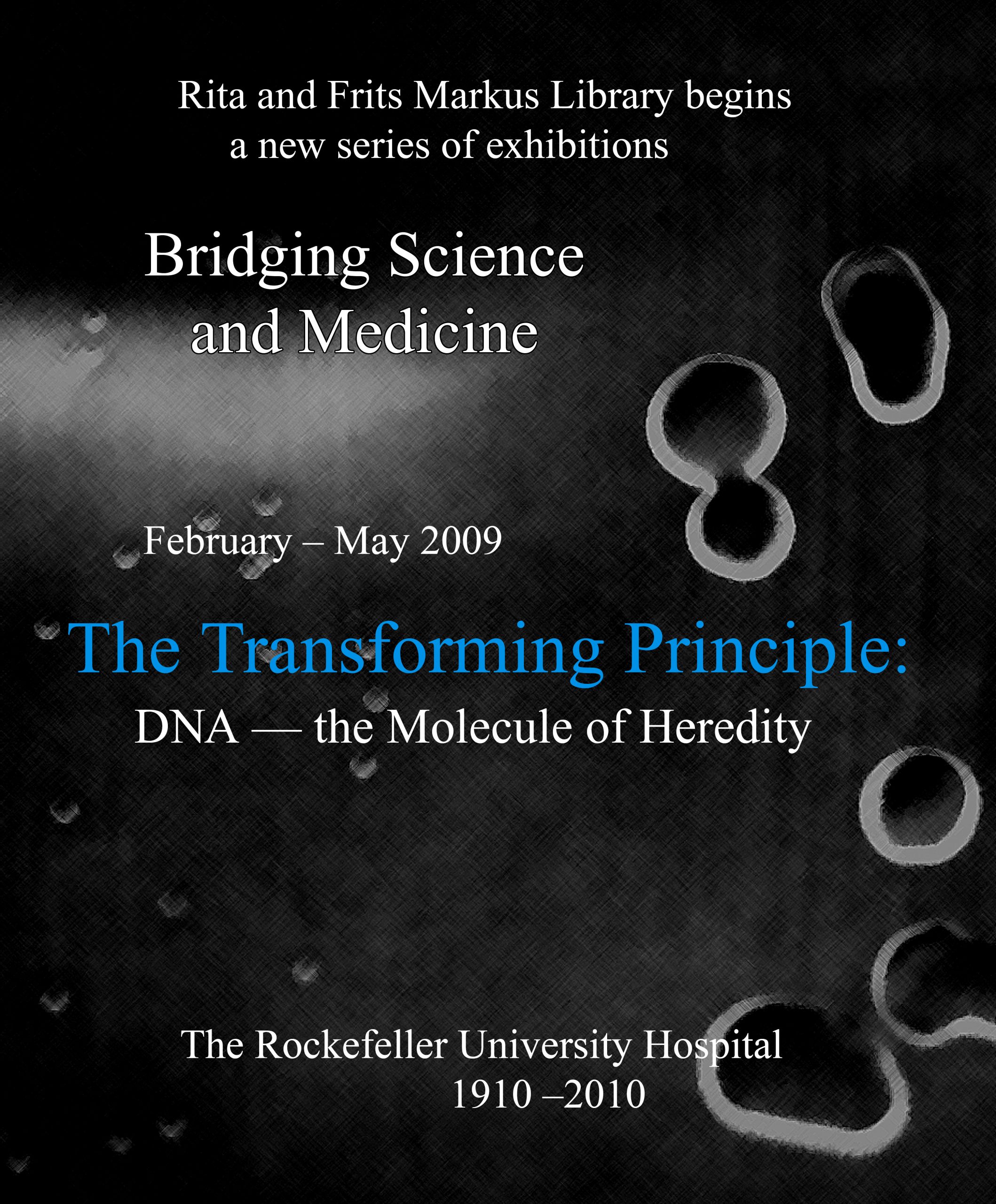
The story of DNA is one of the most fascinating of modern science. Contrary to popular belief, the discovery of the chemical structure and biological function of deoxyribonucleic acid (DNA) did not occur within several years in the twentieth century and was not accomplished by a small, select group of scientists. Solving the problems of DNA was similar to the painstaking work in assembling the many isolated pieces of a large jigsaw puzzle. A great number of scientists working in a variety of fields contributed to the final outcome, but few ever received anything more significant than the personal satisfaction of having been a participant.
In 1928, Frederick Griffith, a British geneticist, discovered what he called a transforming principle in which a nonvirulent bacteria was turned into a virulent one. It was not until sixteen years later that Griffith’s “transforming principle” was identified as DNA by Avery, MacLeod, and McCarty.
The first in a new series “Bridging Science and Medicine”, this exhibit features Oswald Avery’s research that led to the development of the first vaccine for pneumococcal pneumonia, but it also led him and colleagues Colin M. MacLeod and Maclyn McCarty to make an unexpected discovery in 1944: that DNA is the substance that transmits hereditary information, a finding that would set the course for biological research for the rest of the century.












